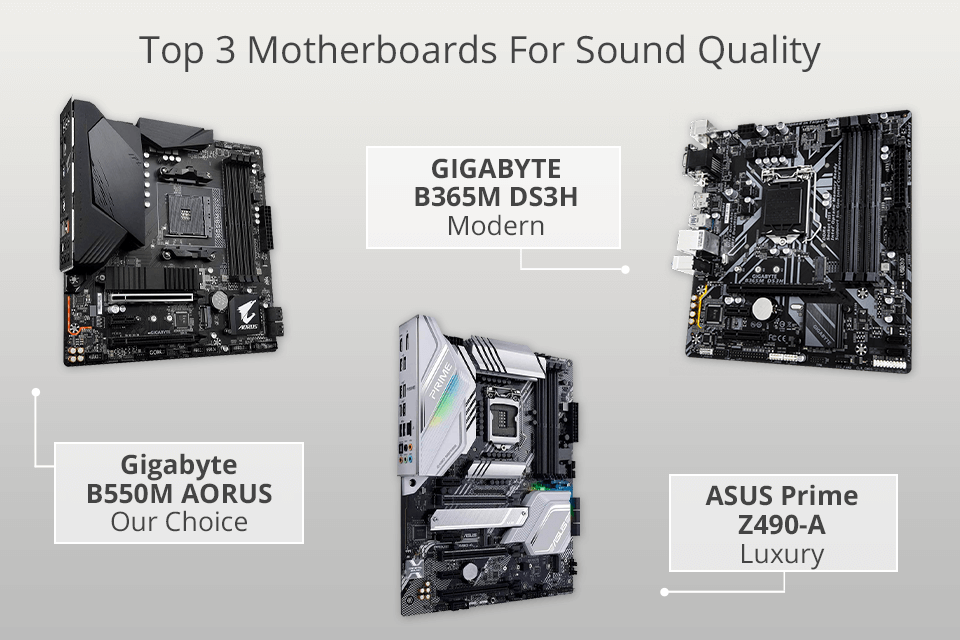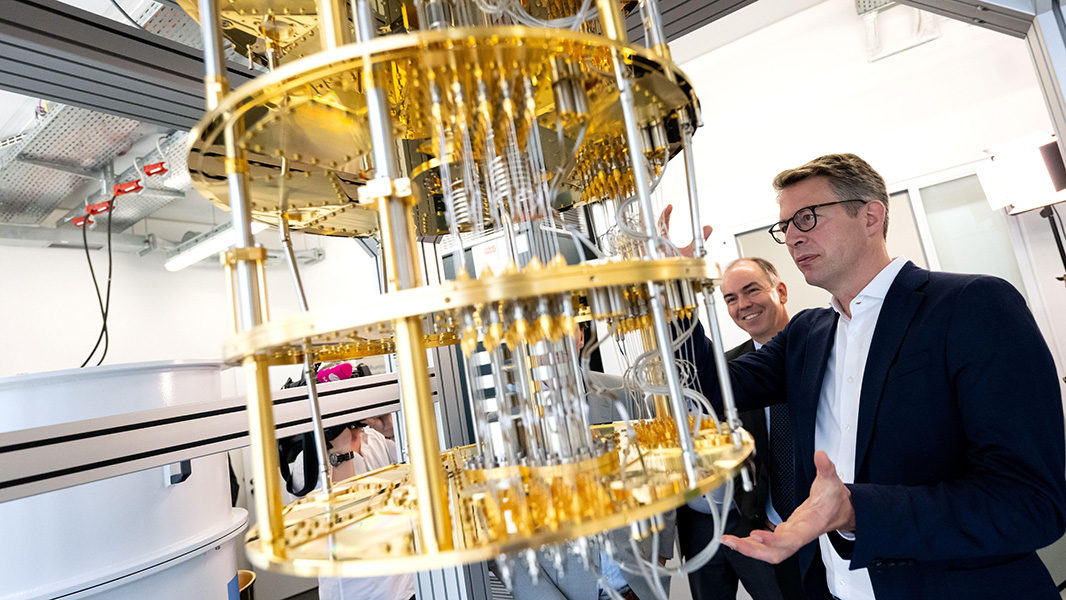RAM (Random Access Memory) is a form of computer memory that offers fast data access for processing tasks and stores regularly used data, while Read Only Memory (ROM) stores nonvolatile information even when power is off, typically including firmware or essential system instructions.
Importance of RAM and ROM for Computing
RAM serves as the cornerstone of computing systems; providing fast data access while protecting integrity for running applications and booting up systems. Meanwhile, ROM stores essential instructions necessary for booting up and maintaining data integrity.
Understanding RAM
Definition and Functionality
RAM is a volatile memory used by CPUs for the temporary storage of information they are actively processing or using; its fast read-and-write operations enable multitasking as well as real-time data manipulation, making RAM an indispensable element for multitasking environments and real-time data manipulation.
Types of RAM
There are different kinds of RAM chips, including DDR (Double Data Rate), SRAM (Static RAM), and DRAM (Dynamic RAM). Each type varies greatly in terms of speed, power consumption, cost-efficiency, and other relevant criteria.
How RAM Works in a Computer System
RAM acts to enhance CPU functionality by providing fast data access for quick retrieval and storage, making active information readily accessible during processing. CPU reads/writes to RAM to access active information quickly for processing purposes.
Delving into ROM
Definition and Purpose In contrast with RAM, ROM retains data even when power is off; therefore making it an excellent way of storing firmware or essential system instructions and protecting valuable information. Specifically used for firmware storage.
Types of ROM
There are various kinds of ROM available today, from PROM (Programmable Read Only Memory) and EPROM (Erasable Programmable ROM) to EEPROM (Electrically Erasable Programmable ROM), each offering different degrees of programming and data erasure flexibility.
Role of ROM in Storing Vital System Information ROM plays an essential part in computer boot-up, providing instructions that kick-off operations as well as safeguarding essential system information to enhance overall system stability and reliability.
RAM and ROM: Key Differences RAM can become volatile when power is switched off; on the contrary, non-volatile ROM memory ensures its data remains stored even without power being present.
Speed
RAM excels at offering fast read and write operations for active data; in contrast, ROM offers stable and secure storage of system instructions that require frequent reading/writing operations.
Functionality
RAM’s primary role is to provide temporary storage space for frequently accessed information, thus optimizing application performance. Conversely, ROM serves to store important system instructions and firmware, providing overall device stability crucial p3 plus vs p5 plus.
Evolution of RAM and ROM Technologies
History / Evolution RAM and ROM memory technologies have seen considerable advancement since their first appearance. From magnetic core memory to DDR4 technologies and beyond, these memory technologies have constantly advanced to meet the growing demands of computing.
Technological Advancements
Technological advances have had an invaluable effect on semiconductor technology and have significantly enhanced RAM and ROM’s speed, capacity, efficiency, and usability compared with their counterparts of yesteryear. Furthermore, flash memory’s introduction as the go-to solution has revolutionized data storage within electronic devices.
Applications in Everyday Devices
RAM in smartphones and computers
Both phones and computers rely on RAM to enable seamless multitasking experiences and responsive user interactions, with its amount and type having a direct bearing on device performance as well as the ability to handle resource-intensive apps.
\ROM and its Use in Embedded Systems and Devices
Many embedded systems such as microcontrollers and IoT devices rely on ROM memory storage for firmware and essential instructions that ensure consistent, reliable operations under challenging environments.
Tips for Optimizing RAM Performance To optimize their device and enhance RAM performance, users can reduce lag by closing unnecessary applications – doing this helps make sure all available memory is allocated directly towards active tasks rather than slowdowns or delays in processing them.
Upgrade RAM capacity
Anyone seeking an increase in performance could find upgrading their RAM capacity beneficial, particularly for tasks that necessitate extensive data processing or multitasking abilities.
Assessing Resource Usage
Frequent resource monitoring allows users to detect applications consuming excessive RAM resources, providing effective resource management that prevents system slowdowns.
Assuring Data Integrity With ROM
Importance in System Boot-up
ROM plays an essential part in starting up your computer successfully and reliably, by providing essential instructions that load operating systems quickly. Without its contributions, starting a computer could take hours!
Protection Against Unauthorized Changes
Read-only memory (ROM) offers protection from modifications that would compromise its essential instructions, protecting system integrity while eliminating potential security vulnerabilities.
Challenges and Innovations in RAM/ROM Technology
One of the key challenges in RAM technology is meeting storage limitations. Recent innovations like 3D stacking and non-volatile memory technologies seek to address this limitation for more powerful and efficient RAM solutions.
Future Trends of Memory Technology
RAM and ROM memory technologies hold exciting prospects, with advancements being made in materials, architecture, and integration. Predictions call for faster yet energy-efficient solutions that push computing capabilities even further than before.
RAM and ROM in Gaming
In gaming, RAM plays an essential part in providing a smooth gameplay experience by providing resources necessary for smooth action. Higher RAM capacities and faster speeds contribute to reduced loading times for improved game experiences.
How ROM Stores Game Data
Rom’s purpose in gaming involves the storage of essential game elements like character models, textures, and scripts in non-volatile memory to maintain continuity among sessions of playing the game. This ensures its fundamental elements remain undamaged even between playing sessions.
Cyber Security Importance for Students and Organizations
Protecting Sensitive Information with ROM
ROM’s immutability makes it a key asset when it comes to cybersecurity, with essential system instructions stored securely within it, protecting sensitive data against attacks that would compromise essential system protocols otherwise.
RAM’s Vulnerability to Cyber Attacks
RAM offers high-speed data access but also poses risks due to its volatile nature; cybersecurity measures should therefore focus on mitigating any vulnerabilities found within RAM to ensure comprehensive protection of user data.
Future of RAM and ROM Integration
Potential Synergies
RAM and ROM integration hold great promise of creating more seamless computing systems. Their combination can result in faster data access speeds, enhanced system stability, and overall improved performance – potentially unlocking their true potential to benefit computers as a whole.
Implications for Computing As RAM and ROM technologies advance, their integration could bring revolutionary changes to computing. From faster data processing speeds to increased system boot-up reliability, its effects reach across various areas of technology.
Examining real-world examples offers insights into how businesses and individuals have utilized RAM efficiently for improved system performance, providing tangible proof that efficient RAM usage yields tangible advantages.
Instances Where ROM Protection Was Critical
By exploring real-life incidents where ROM protection proved critical in protecting essential system instructions, real-world scenarios demonstrate its significance as an indispensable means of upholding system integrity.
Expert Insights and Recommendations for Implementing Change
Advice from Industry Experts
Securing advice from industry experts provides valuable perspectives for optimizing RAM and ROM usage and optimization. Following their expert recommendations allows both individuals and businesses to make smart choices regarding memory use and optimization decisions.
Best Practices for Effective RAM and ROM Usage
Understanding effective practices for RAM and ROM usage is integral for optimizing the lifespan and performance of electronic devices, including maintenance tasks such as firmware updates or resource allocation strategies. Such practices could include regular inspections, routine maintenance updates, or strategic resource allocation decisions.
Conclusion
Recap of Key Points RAM and ROM, often neglected elements in computing, play an essential role. Their unique functionalities, differences, and applications contribute to the smooth operations of various electronic devices from smartphones to gaming consoles.
Future Prospects of RAM and ROM Technology
Looking ahead, RAM and ROM technologies promise exciting developments. As technology progresses further, we anticipate witnessing innovations that increase their capabilities and efficiency further.












